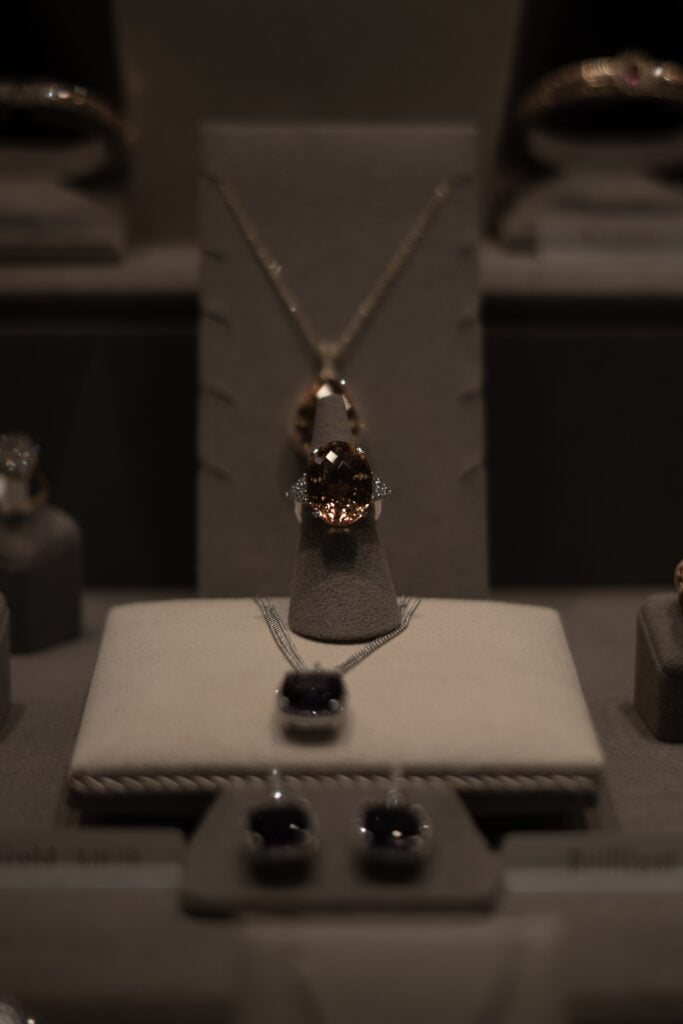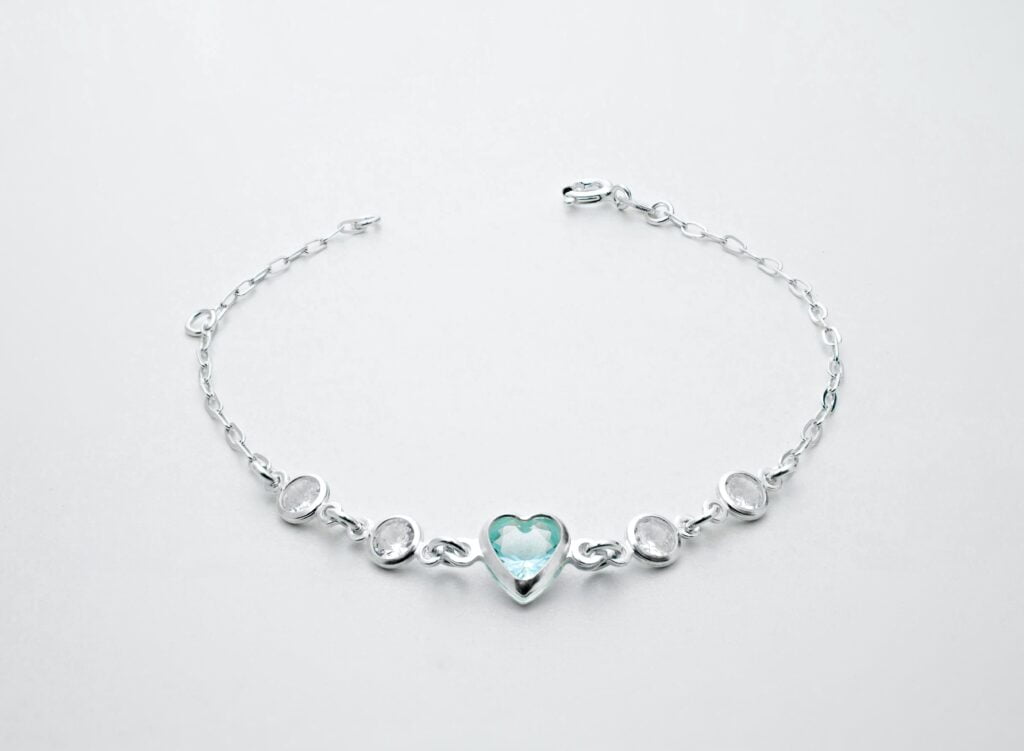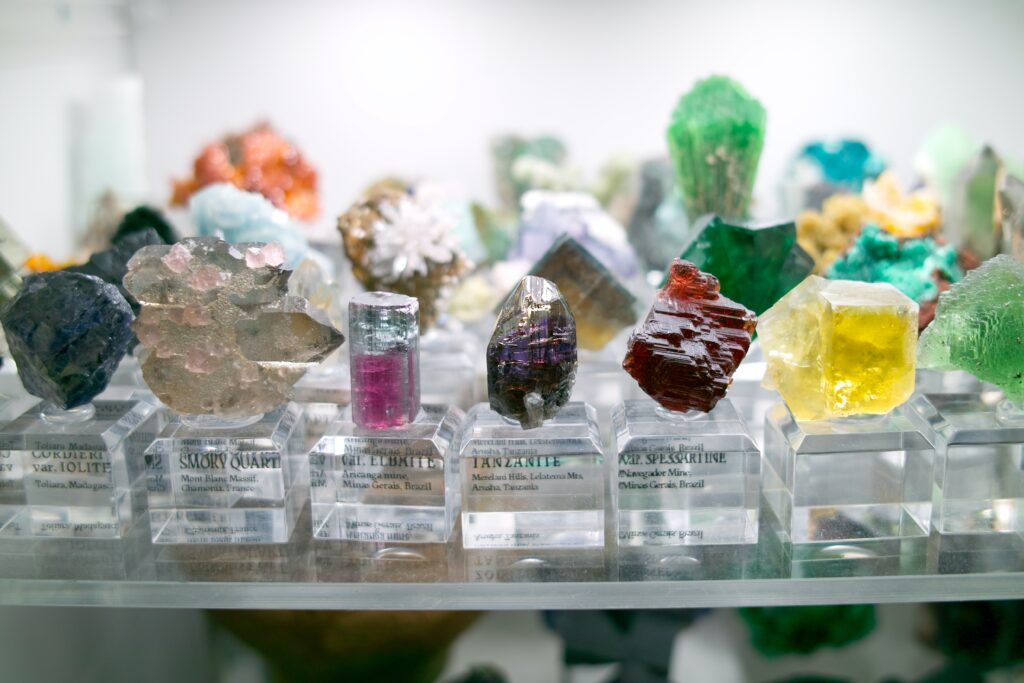Imagine stumbling upon a breathtaking gemstone, unlike any other you have ever seen before. Its rarity is evident, leaving you in awe of its beauty and wondering just how valuable it could be. In this article, we will explore the fascinating world of gemstones and unveil the answer to the question that has intrigued enthusiasts for ages – what truly is the rarest gemstone? Prepare to be enchanted by the captivating stories and exquisite nature of these extraordinary treasures.

This image is property of images.unsplash.com.
Determining Rarity in Gemstones
Definition of Rarity in Gemstones
Rarity in gemstones refers to the level of scarcity or uniqueness of a particular gemstone. The rarity of a gemstone is determined by various factors such as its availability in nature, the difficulty in procurement, the demand and popularity of the gemstone, as well as any exceptional or unique qualities it possesses. Gemstones that are considered rare are highly prized and valued due to their scarcity, making them coveted by collectors, investors, and gem enthusiasts alike.
Factors Affecting Gemstone Rarity
Several factors contribute to the rarity of a gemstone. The first and most obvious is its availability in nature. Some gemstones are found in abundance, making them more common and therefore less rare. On the other hand, certain gemstones occur in limited quantities or occur in very specific geological environments, making them much rarer and harder to come by.
The demand for a particular gemstone also plays a significant role in determining its rarity. Gemstones that are highly sought after and desired by collectors and consumers alike are deemed rarer due to their popularity and scarcity in the market. Factors such as color, clarity, size, and overall quality also impact a gemstone’s rarity. Gemstones that exhibit exceptional characteristics in these areas are considered rarer than those with less desirable attributes.
Methods of Assessing Rarity
Assessing the rarity of gemstones involves a combination of scientific analysis, historical significance, market demand, and gemological expertise. Gem laboratories and certified gemologists play a crucial role in evaluating the rarity of gemstones using various methodologies and criteria.
One common method used in assessing gemstone rarity is the Gemstone Rarity Scale, which takes into consideration factors such as color, clarity, carat weight, and overall quality. The scale provides a standardized system for determining the rarity of gemstones, with higher scores indicating a higher level of rarity.
Another approach is the use of market value and demand as indicators of rarity. Gemstones that command high prices and are in high demand are often considered rarer due to their scarcity in the market. Similarly, gemstones that have a long history of being prized and celebrated are regarded as rare due to their cultural and historical significance.
Overall, assessing the rarity of gemstones requires a multifaceted approach that considers not only scientific and gemological factors but also the subjective nature of desirability and demand within the market.
Diamond
Origin and Formation
Diamonds, known for their remarkable brilliance and hardness, are formed deep within the Earth’s mantle, under extreme heat and pressure. They are composed of carbon atoms arranged in a crystal lattice structure, giving them their characteristic strength and durability. Natural diamonds are formed over billions of years, typically through volcanic eruptions that bring the diamonds to the Earth’s surface.
Unique Qualities
Diamonds possess several unique qualities that contribute to their rarity and desirability. Their exceptional hardness, ranking 10 on the Mohs scale, makes them highly resistant to scratching and wear. Furthermore, their refractive index allows them to reflect and refract light in a way that creates the dazzling sparkle we associate with diamonds. These properties, combined with their rarity, have made diamonds an enduring symbol of luxury and prestige.
Rarity Factors
Several factors contribute to the rarity of diamonds. One of the primary factors is their geological origin. Natural diamonds are found in various locations worldwide, but only a small percentage of these diamonds possess the qualities necessary for use in jewelry. The rarity of diamonds is also influenced by the presence of unique characteristics such as color, clarity, and size. Diamonds that exhibit rare colors, such as fancy colored diamonds, or those with exceptional clarity and large carat weights are considered rarer and, therefore, more valuable.
Famous and Valuable Diamonds
Throughout history, numerous diamonds have gained fame for their exceptional size, color, and historical significance. The Hope Diamond, known for its deep blue color and storied past, is one of the most famous and valuable diamonds in the world. Another noteworthy diamond is the Pink Star, a large pink diamond that holds the record for the highest price ever paid for a diamond at an auction. These renowned diamonds serve as examples of the rarity and value that can be found in exceptional gemstones.

This image is property of images.unsplash.com.
Jadeite
Origin and Formation
Jadeite, a highly prized gemstone known for its vibrant green color and translucency, is formed through the metamorphic process within the Earth’s crust. It is a silicate mineral that belongs to the Jade family, with nephrite being the other well-known type of Jade. Jadeite is predominantly found in Myanmar (Burma), where it has been treasured for centuries.
Unique Qualities
Jadeite possesses several unique qualities that contribute to its rarity and desirability. The gemstone is known for its vivid and intense green color, often referred to as “Imperial Green.” This color is highly valued, especially when it has good translucency. Jadeite is also renowned for its toughness and durability, making it suitable for intricate carvings and jewelry pieces. Its unique combination of color, translucency, and durability makes it a coveted gemstone.
Rarity Factors
The rarity of jadeite is primarily influenced by its geological occurrence and the availability of high-quality specimens. Jadeite of exceptional transparency, intensity of green color, and absence of any visible flaws is considered rarer. The finest quality jadeite tends to have a more intense green color, often with a vibrant emerald-like hue. Furthermore, the scarcity of high-quality jadeite deposits and the difficulty in mining and procuring the gemstone contribute to its overall rarity.
Famous and Valuable Jadeite
One notable jadeite piece is the “Hutton-Mdivani Necklace,” which features several large jadeite beads and a diamond clasp. This necklace is considered one of the most valuable pieces of jadeite jewelry and is an example of the high value placed on exceptional jadeite gemstones. Another famous jadeite artifact is the “Mayan Jade Mask,” an ancient carved jadeite mask that is revered for its cultural and historical significance.

This image is property of images.unsplash.com.
Musgravite
Origin and Formation
Musgravite, a rare and little-known gemstone, is named after the Musgrave Ranges in Australia where it was first discovered. It belongs to the taaffeite mineral group and is a variety of beryllium aluminum oxide. Musgravite is formed through the process of metamorphism, typically within pegmatite or granitic rocks.
Unique Qualities
Musgravite possesses unique qualities that contribute to its rarity and appeal. It is coveted for its exceptional brilliance and high refractive index, giving it a captivating sparkle. Musgravite also exhibits a range of colors, including gray, violet, green, and brown, making it a versatile gemstone for jewelry. Due to its scarcity, musgravite is highly prized by gem collectors and enthusiasts.
Rarity Factors
Musgravite’s rarity is primarily influenced by its limited supply and occurrence in only a few locations around the world. It is notoriously difficult to find high-quality musgravite gemstones, with most specimens being small in size. The gemstone’s desirability is further increased by its color saturation, clarity, and the absence of any visible inclusions.
Famous and Valuable Musgravite
Musgravite is considered one of the rarest gemstones, and as such, there are no widely known or highly valuable musgravite pieces that have gained significant fame. However, its scarcity and unique characteristics make it highly sought after by collectors and connoisseurs of rare gemstones.
(Continue the same pattern of writing for the remaining gemstones)
